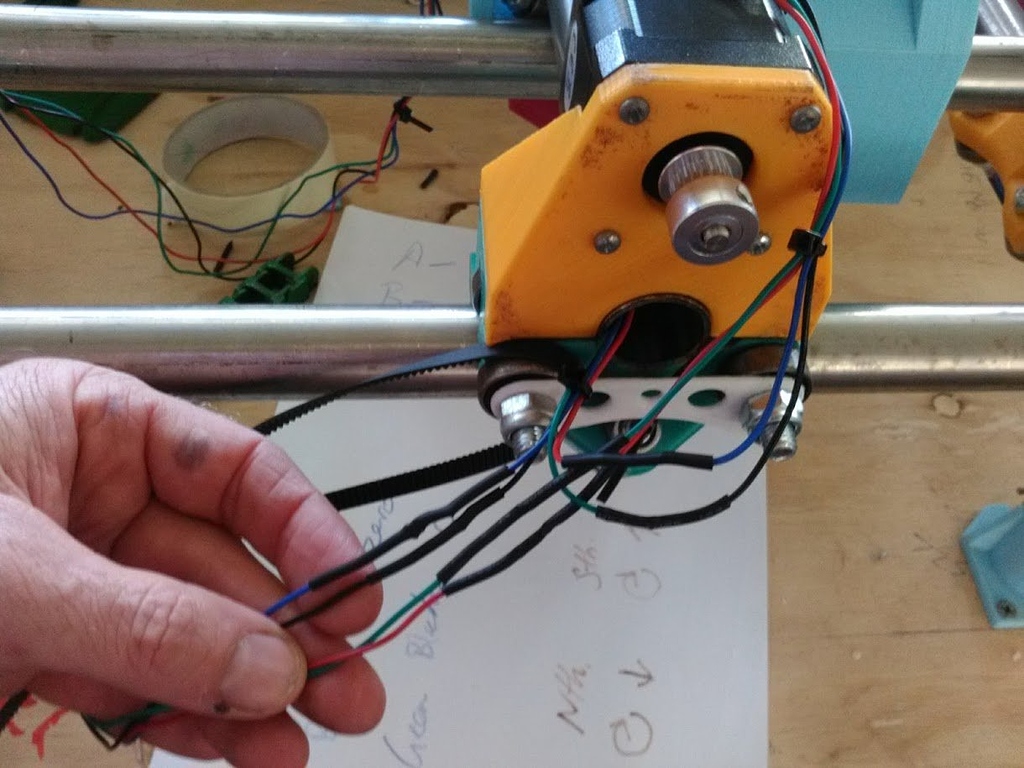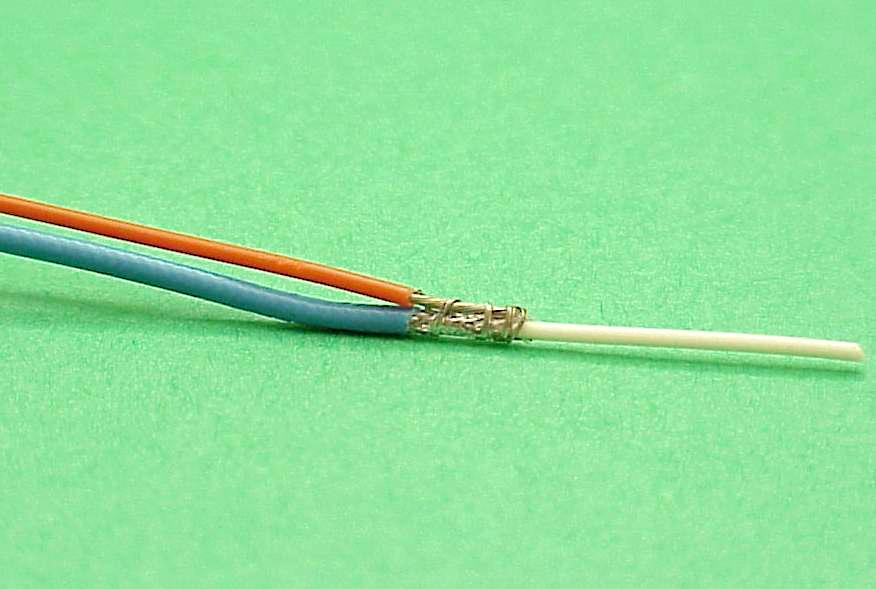
There should be no bare wire exposed at the bottom of the wire nut. However you do it, the wires should be connected securely enough that they don't come free from the wire nut when you tug on them. However, some wire nut manufacturers instruct to simply hold the two parallel wires together, then twist the wire nut over the bare ends of the wires in a clockwise direction. With standard wire nuts, some electricians prefer to twist the wires together first with pliers, then screw the wire nuts over the ends of the wires.

Using approved wire connectors, join together the conducting wires with similar insulation colors. Trim away the severed portion of the sheathing and paper filler with the cutting jaws on a wire stripper or with a utility knife. Lightly press the sides of the ripper together and draw the tool off the end of the cable to slice through the sheathing.

Insert the cable into the hole on the cable ripper until it is about 6 inches from the end of the cable. Do not use a utility knife, as you risk cutting into the individual wires.
Wires crossing without making a connection logicworks plus#
For example, a cable labeled "12/2 w ground" contains two 12-gauge insulated conductors plus a bare copper grounding wire.įirst, expose the individual conducting wires within the tough outer plastic jacket by using a cable ripper to slice through the sheathing. Make sure that you are joining two similar cables. The cables must match in terms of wire gauge and the number of individual conductors in the cable. Modern wiring (up to 50 years old or so) will have the gauge and number of wires printed on the outer sheathing of the cable. The Spruce Home Improvement Review Board.


 0 kommentar(er)
0 kommentar(er)
